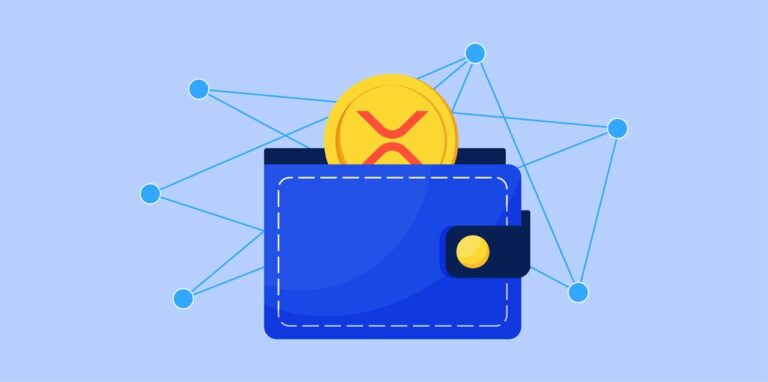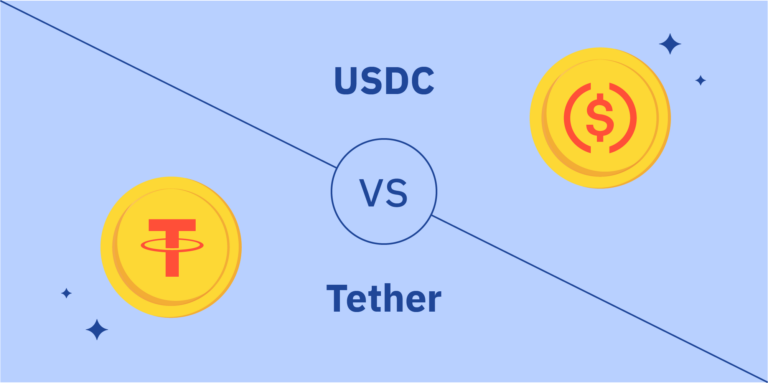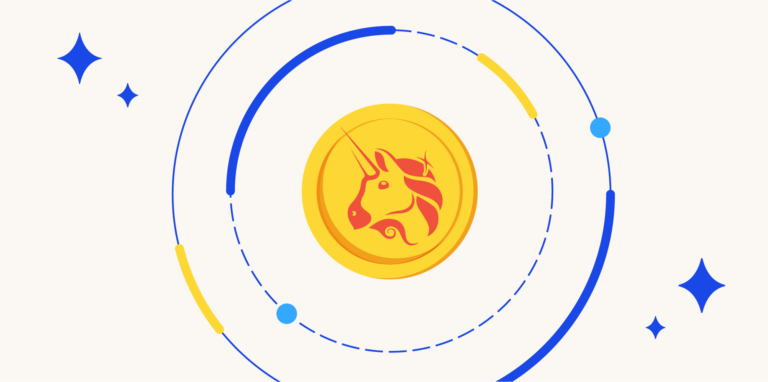In these environments, people can socialize with others, build creative projects together, and even potentially profit from in-world economic opportunities. While both aim to cultivate shared digital spaces, each takes a somewhat different approach – for example, Decentraland emphasizes communal governance whereas Sandbox focuses more on creative tools and marketplaces.
In this article, we will dive into the details of Sandbox vs Decentraland to highlight their differences and similarities across various factors. Analyzing these key parameters will help you better understand the two platforms and determine which one may currently be a more promising investment and align with your interests as the metaverse continues to evolve.
Key Differences Between Sandbox and Decentraland
This section explores the key differences in Sandbox vs Decentraland in terms of attributes, governance, and community engagement, offering a clearer understanding of their distinctive positions in the burgeoning metaverse.
Launch Timelines and Metaverse Sizes
Sandbox was first launched in 2011 as a centralized virtual world before transitioning to a blockchain-based metaverse in 2018. In comparison, Decentraland kicked off its decentralized metaverse journey slightly earlier in 2017.
In terms of the metaverse size, Sandbox currently provides users with 166,464 LAND plots to explore and build on. Decentraland offers a smaller metaverse for now, with 90,601 LAND parcels available. The larger supply in Sandbox contributes to lower LAND prices compared to the higher valuations seen in Decentraland.
Underlying Blockchain Architecture
An important architectural difference is that while Decentraland is built entirely on the Ethereum blockchain, Sandbox has constructed its metaverse on its own native ERC-20 token known as SAND.
Using its own token allows Sandbox to have more control over functionality and scaling, while Decentraland needs to work within the parameters of the Ethereum network. However, Decentraland’s operations being deeply integrated with Ethereum also provide more decentralized security.
Concept and Focus
Sandbox emphasizes user-generated content and game creation tools. It arms users with VoxEdit and the Game Maker toolkit to craft unique 3D assets and gaming experiences. The platform aims to be a hub for creators to build, share, and monetize games and virtual worlds with true ownership of their creations.
In contrast, Decentraland is focused on the metaverse concept as a virtual world owned by users where they can create scenes, artwork, applications, and more. The emphasis is less on gaming per se and more on providing a shared immersive space with decentralized control.
Governance and Artistic Styles
Sandbox operates through a centralized governance model where they oversee platform developments and tokenomics. Decentraland has a decentralized autonomous organization (DAO) structure where MANA token holders can vote on important proposals that shape the future of the metaverse.
The metaverses have identifiable differences in their artistic styles and graphics. Sandbox uses a more block-like voxel style that lends itself well to creating game assets and virtual worlds with a retro gaming feel.
Decentraland offers a more immersive, 3D graphical environment modeled using real-world physics and lighting effects. Users have more flexibility in Decentraland when customizing avatar looks and appearances.
Development Roadmaps
Both platforms have outlined ambitious roadmaps and are actively building up their metaverse ecosystems. Sandbox’s roadmap focuses heavily on introducing more tools and features customized specifically for gaming.
Decentraland’s roadmap aims to enhance social interaction, content creation, and world-building tools. While there is healthy competition, the different development priorities mean the metaverses can evolve with their own unique identities.
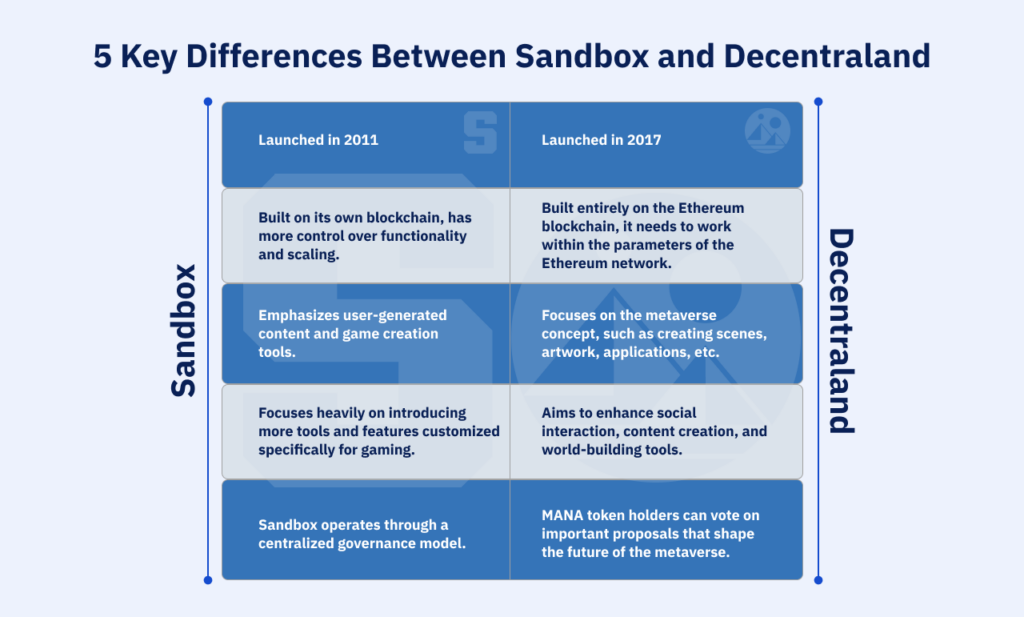
Similarities Between Sandbox and Decentraland
Although distinct in several aspects, Sandbox and Decentraland share core similarities that underline their vision of digital ownership and immersive virtual experiences. This section explores the common ground between the two platforms.
Built on Blockchain Technology and Virtual Asset Ownership
At their core, both Sandbox and Decentraland are built using blockchain technology, which powers the tokenized virtual economies within these metaverses. The integration with blockchain provides transparency through decentralized ledgers, verifies digital asset ownership through NFTs, and enables seamless transactions using native cryptocurrency tokens.
In both metaverses, users can purchase virtual land parcels, customize their avatars, and buy unique digital assets. These are represented by non-fungible tokens (NFTs) stored on the blockchain, allowing users to truly own their metaverse identities and possessions.
Native Tokens for Transactions and Monetization of User-Generated Content
The native fungible tokens in each metaverse play important roles. SAND is used to buy and sell assets in Sandbox as well as to engage in key governance processes. Decentraland uses MANA as its currency, which is needed for all in-world transactions like purchasing wearables, names, and land parcels.
Sandbox and Decentraland both provide creative tools for users to craft unique in-world content like games, scenes, artwork, buildings, and more. These user-generated assets can then be sold in the respective marketplaces to other users in exchange for the native tokens, enabling monetization.
Vibrant Community Building
By fostering user participation, creativity, and collaboration, both metaverses have successfully built thriving communities of enthusiastic users. There are many opportunities for exploration, socializing, participating in events, and connecting with other like-minded metaverse inhabitants.
While building their metaverses differently, at their core, Sandbox and Decentraland share key blockchain mechanics and community-focused values. However, their individual executions differ based on artistic styles, development priorities, and target experiences.
Sandbox vs Decentraland: Evaluating the Investment Potential
In the virtual realm, Sandbox and Decentraland not only offer immersive experiences but also present unique investment opportunities. As blockchain-based platforms, they open avenues for digital real estate and virtual assets ownership.
This section delves into a comparative evaluation of the investment potential inherent in Sandbox and Decentraland, exploring aspects such as asset appreciation, revenue-generation models, and community growth.
Investment Dynamics: Price Trends and Demand Drivers for SAND and MANA
- SAND started trading in 2020 at just $0.03 before surging to an all-time high of $8.44 in November 2021. It currently trades around $0.29.
- MANA debuted in 2017 at $0.03 and hit its peak of $5.90 in November 2021, trading now around $0.28. Both tokens saw massive gains during the 2021 bull market followed by significant price declines in 2022.
The utility and adoption of the metaverses are key factors that affect SAND and MANA’s value. Major partnerships, new feature launches, virtual events, and user growth contribute to token demand. Macro conditions like crypto market sentiment also impact prices. As adoption expands, the tokens may see positive price appreciation.
Sandbox vs Decentraland: Roadmaps, Market Standing, and Investment Risks
Sandbox and Decentraland have exciting roadmaps prioritizing new experiences, integrations, and creators tools which could boost utility.
- Sandbox plans to introduce new game titles and assets,
- while Decentraland aims to improve graphics, avatars, wearables and social events.
Realizing these roadmaps can positively influence prices.
- Sandbox’s market capitalization is approximately $588 million compared to Decentraland’s $529 million.
- SAND also has higher trading volumes, reflecting greater liquidity. However, Decentraland has lower token supply, creating relative scarcity.
Additionally, both metaverses are among the top 50 cryptocurrencies by market cap, signifying strong standing.
Being nascent platforms, risks include competitors eating into market share, regulations impacting growth, and failure to attract users at scale. However, first-mover advantage, blockchain integration, and promising roadmaps provide significant opportunities. As the metaverse space evolves, these platforms have potential to be integral economic hubs.
Sandbox offers a realm of endless possibilities, allowing you to build, own, and monetize your virtual experiences. Every day is a new adventure waiting to unfold.
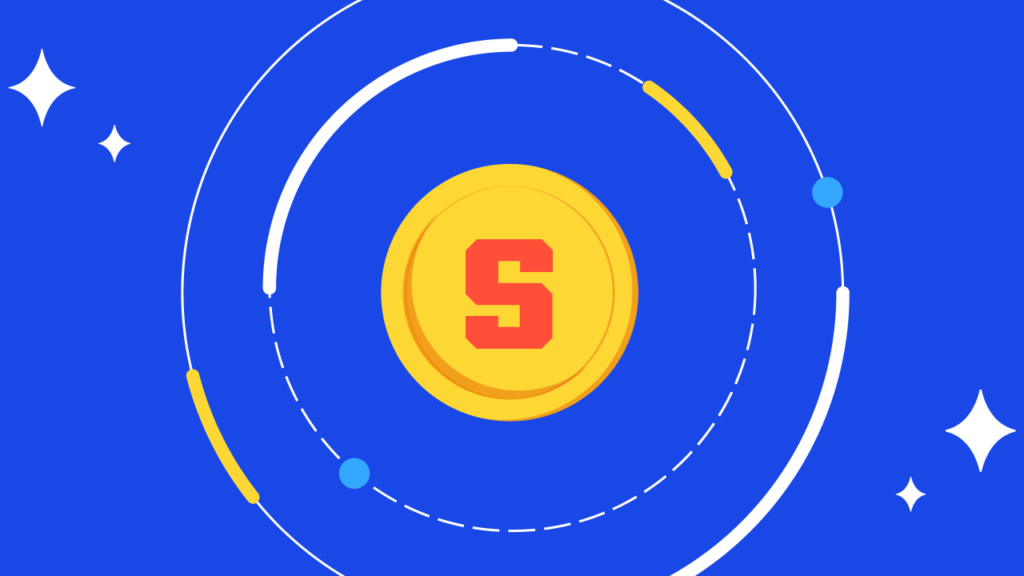
Ready to claim your digital frontier?
Buy Sandbox and start shaping your virtual destiny today! On Blocktrade you have different payment methods. You can buy Sandbox with PayPal and step into a realm where every day is a new story waiting to be crafted. It is also possible to buy Sandbox with credit cards or use your mobile phones to buy Sandbox on ApplePay or GooglePay.
Use Cases and Applications
Both Sandbox and Decentraland facilitate a variety of shared virtual experiences. Users can play games ranging from action to puzzles and roleplaying within the metaverses. The platforms have hosted virtual concerts featuring popular artists, with more slated to come. Digital art galleries allow users to showcase and appreciate creations. Global brands have also hosted product launches, press events, and immersive experiences in these metaverses.
While the use cases overlap, Sandbox places more emphasis on gaming components. Its partnerships and asset development kit are oriented toward enabling game creators. Decentraland offers a wider range of creative tools for not just gaming but also architectural visualizations, conference settings, and more lifelike scenes. Decentraland focuses more on providing a diverse, user-owned world to host events and gather, rather than just gaming. The common thread is that both provide engaging, interactive virtual environments with a variety of applications limited only by the community’s creativity.
Curious about the financial horizon of Decentraland? Delve deeper into its economic potentials in our extensive analysis. Discover how MANA could unfold as a digital asset from 2023 to 2030.
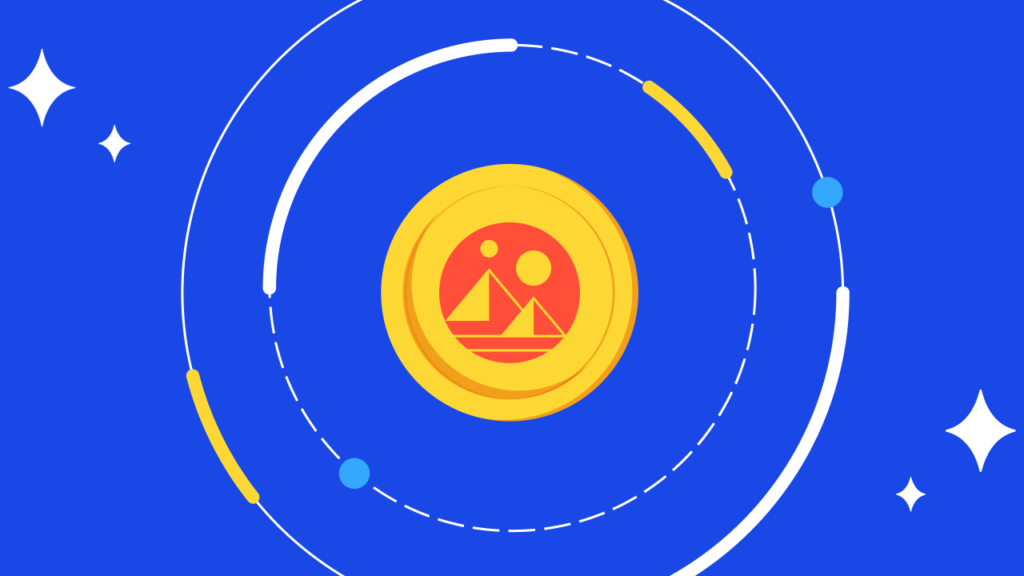
Ready to explore the financial landscape of the metaverse? Navigate to our Decentraland MANA Price Predictions 2023 to 2030 article to learn more!
Conclusion: Navigating the Sandbox vs Decentraland Metaverse Paradigms
While Sandbox and Decentraland share some blockchain mechanics and metaverse concepts, they have distinct differences when it comes to their artistic styles, development roadmaps, use cases, tokenomics, and governance. Both provide opportunities for creativity, ownership, and monetization within interactive virtual worlds. However, Sandbox’s gaming-first approach contrasts with Decentraland’s focus on an immersive, social metaverse.
For users interested more in gaming and content creation, Sandbox appears better aligned currently. Those wanting to prioritize digital ownership and virtual world-building may prefer Decentraland. The tokens also have slightly different characteristics when considering circulating supply and growth runway.
Evaluating these parameters in the Sandbox vs Decentraland comparison can help individuals decide which platform and investment opportunity may suit their interests and convictions about the metaverse future. Of course, as early-stage ventures, users should exercise judgment and not rely solely on speculation when assessing the investment upside. As the metaverse expands, both Sandbox and Decentraland are positioned as leading immersive platforms with room to capture more value and adoption.
Decentraland invites you to a universe where every pixel is a prospect. With a decentralized platform at your fingertips, you hold the power to create, govern, and trade in a virtual economy. Take the leap, Buy Decentraland and begin your journey in a reality only bound by imagination! Ready to make your purchase even easier? Opt to Buy Decentraland with Bank Transfer and embark on your adventure today!
FAQs
Sandbox focuses more on gaming while Decentraland focuses on social virtual world-building.
Currently Sandbox offers 166,464 LAND plots compared to Decentraland’s 90,601 parcels.
In general, virtual land prices are higher in Decentraland compared to Sandbox.
Sandbox uses SAND while Decentraland uses MANA for transactions.
Decentraland operates as a DAO giving token holders voting rights, making it more decentralized.

